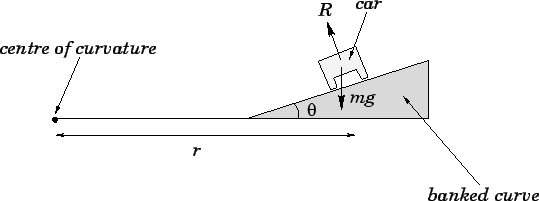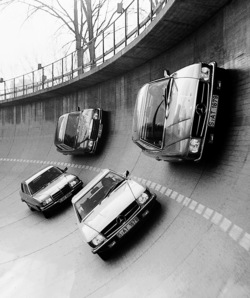I don't have Anyrail installed, and I can't view the dimensions in the small font on your .jpg attachment.
IMO 3.9% is too steep to look real. For example, if the graded section contains a bridge, one side would be noticeably higher than the other.
Given the length of your room, I wouldn't hesitate to put a full-width helix on the bottom (left) end. You'll never miss that 7 or 8 feet. But it will almost double your layout surface area, mainline length, and increase operating reliability. The grade inside the helix would be a steady 2.8% or less, which is more manageable than what you have right now.
I know you're tempted to vary the grade in your original plan, or perhaps even have some flat sections. However-- every time you change the steepness of the grade you have to do so with a gradual transition. This is a must! Unfortunately this wastes a lot of linear distance and makes the steep parts of the grade even steeper. Once you're on the grade for the sake of operating reliability it's better to just get it over with. Likewise with curves. That's the beauty of the helix. True there's a lot of drag because of the curvature and the grade. But once your train is in there the tension on the front coupler doesn't change until you reach the top. I'm pretty certain that a 10-12 car train won't be a problem in a 2.8% O72 helix if all cars are weighted similarly. A rubber-tired loco should be able to handle it without a helper.
So my advice is to build two full-length, level decks with the helix connecting them. Helixes aren't prototypical, so I agree- hide it behind Masonite panels. You can hold the panels on with magnets so it's easy to remove them and get your hands in there when you need to. The focus would be on your two operating decks, and no one would have to know what's behind the paneling. The train would go into a tunnel at the bottom, and then magically reappear on the upper deck. Of course you'll need a reversing loop, run-around siding, wye, etc. on your upper level so the train can use the same helix going back down.
Trains won't be going to and from Shangri-La. It can all be scenicked and part of the operation. Depending on your height and whether you want the layout to be child-friendly, you could set your deck heights at 36" and 60" or something like that. Plenty of separation for a valance with LED lighting, and tall scenery on the bottom level. Most folks make the bottom level wider than the top, but it depends on your height, whether or not you plan to use a shadow box-type valance, and of course your track plan.
Now you just have to decide what you're going to do with the extra 160+ sq ft of surface area this approach gives you!







